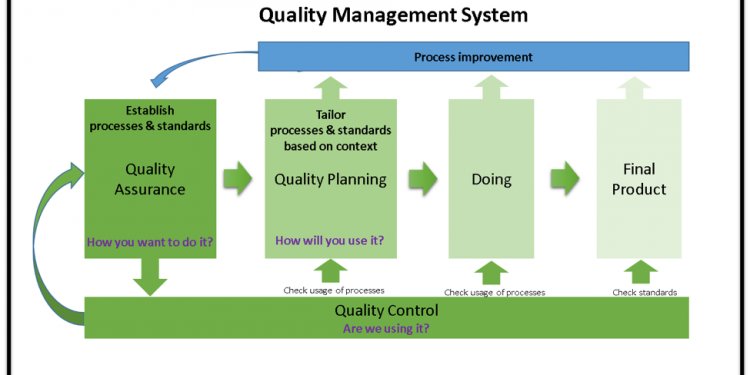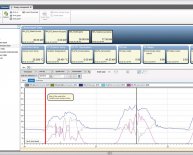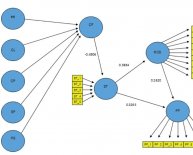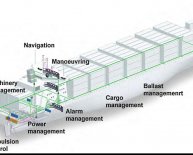
Defined Management control Systems
Successful adaptation to change is as crucial within an organization as it is in the natural world. Just like plants and animals, organizations and the individuals in them inevitably encounter changing conditions that they are powerless to control. Adaptation might involve establishing a structured methodology for responding to change requests in the business environment or establishing coping mechanisms for responding to changes in the workplace (such as new policies, or technologies).
Change management is an important part of project management. The project manager must examine the proposed change and determine the effect the change will have on the project as a whole before allowing the change request to be implemented.
Change Control Systems
Integrated change control is the primary component project managers use to manage proposed changes within a project. When a change is proposed, the project manager will filter the change into one of four change control systems, depending on the primary area the change will affect. The four change control systems are:
- Scope change control system – the proposed change directly affects the project scope (this is the most common proposed change). A typical type of scope change could be the project customer asks for additional items to be included in the project scope that were not already approved as part of the project scope. For example, the project customer asks to add a bay window in a house construction project, or a customer asks the project manager to include additional printing features in a software development project. These items were not in the original project scope so they are changes to the project scope.
- Cost change control system – the scope contents have not change, but the price for the items in the scope have increased or decreased. For example, in a construction project the specific marble tile has increased in cost. Because the customer still wants the specific marble tile, in this scenario, the scope doesn’t change but the project budget will need to be increased to purchase the desired materials. It is possible that the customer could decide to use a different type of tile to stay within budget, but this different type of tile would change the already approved project scope.
- Schedule change control system – the project schedule has been affected somehow and events in the project are being delayed. For example, the materials needed for the project are backordered from the vendor. The project cannot move forward until the materials are delivered so the project is delayed waiting for the materials. The costs of the materials haven’t changed and the project scope hasn’t changed, but the project schedule is changing due to the delay. The project manager may be able to rearrange events in the project so the project team can work on other items while waiting for the vendor to deliver the materials. The project manager may also recommend a scope change to choose a different, but available material, to keep the project schedule moving.
- Control change control system – for projects where a contract is being utilized with a vendor any changes to the project that affect the vendor will flow through the contract change control system. Additions to the project scope, costs of resources, and even the project schedule are defined in the agreed-upon project scope. Any changes that affect the relationship between the customer and the vendor move through the contract change control system. The project manager may not oversee this particular change control system, but defer to the organization’s central contract or procurement department.
A determination in any one of the change control system can directly affect the other change control systems. All changes in a project will start with one of these four change control systems.

















